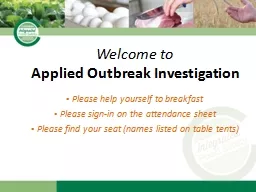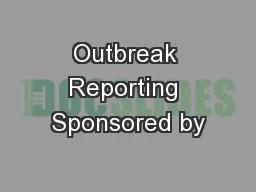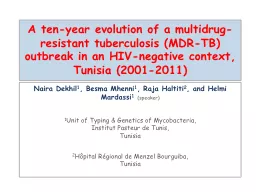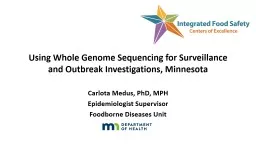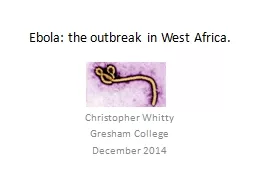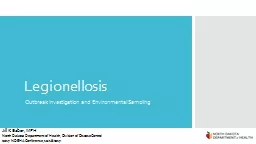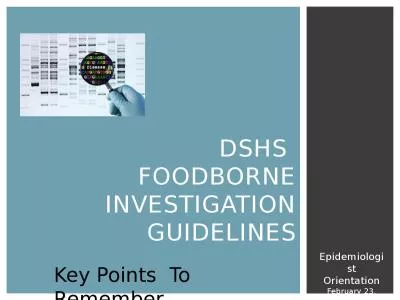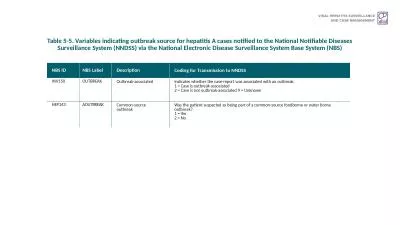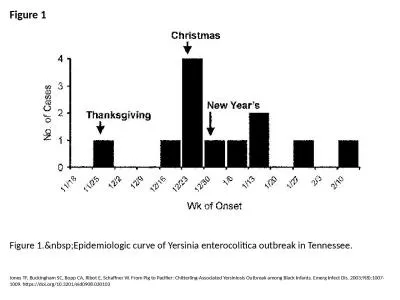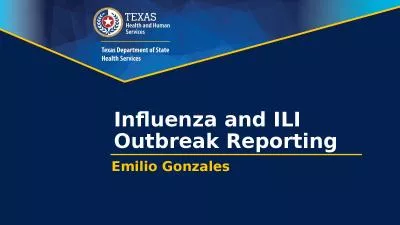PPT-Welcome to Applied Outbreak Investigation
Author : yoshiko-marsland | Published Date : 2018-02-18
Please help yourself to breakfast Please signin on the attendance sheet Please find your seat names listed on table tents Applied Outbreak Investigation Presented
Presentation Embed Code
Download Presentation
Download Presentation The PPT/PDF document "Welcome to Applied Outbreak Investigat..." is the property of its rightful owner. Permission is granted to download and print the materials on this website for personal, non-commercial use only, and to display it on your personal computer provided you do not modify the materials and that you retain all copyright notices contained in the materials. By downloading content from our website, you accept the terms of this agreement.
Welcome to Applied Outbreak Investigation: Transcript
Download Rules Of Document
"Welcome to Applied Outbreak Investigation"The content belongs to its owner. You may download and print it for personal use, without modification, and keep all copyright notices. By downloading, you agree to these terms.
Related Documents

